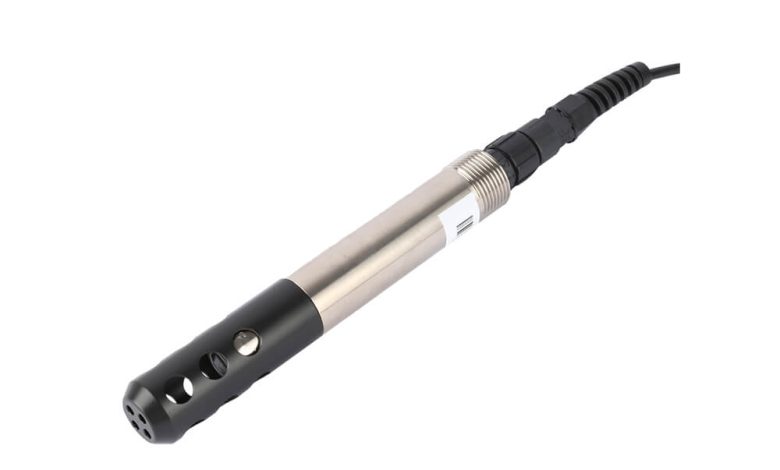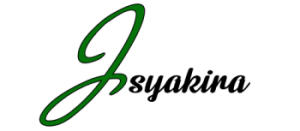Dissolved Oxygen Sensors in Industrial Applications: Ensuring Efficient Operations and Environmental Compliance

In today’s world, industries that use or discharge water in their operations must prioritize environmental sustainability and regulatory compliance. One of the most critical water quality parameters to monitor is dissolved oxygen (DO), which has a significant impact on both the efficiency of industrial processes and the health of aquatic ecosystems. Dissolved Oxygen Sensors in Industrial Applications: Ensuring Efficient Operations and Environmental Compliance Low oxygen levels can affect the treatment of wastewater, industrial cooling systems, and other processes where water is a central component.
To meet these challenges, dissolve oxygen sensor have become indispensable tools in industrial applications, helping industries to improve operational efficiency, reduce environmental impact, and comply with strict environmental regulations. In this article, we’ll explore how dissolved oxygen sensors are used in various industrial sectors, their importance in improving water treatment processes, and the role they play in ensuring that industries meet environmental standards.
What is Dissolved Oxygen, and Why Does it Matter?
Dissolved oxygen refers to the amount of oxygen that is dissolved in water and available for aquatic organisms to breathe. It is a critical factor in determining the health of aquatic ecosystems. However, dissolved oxygen is also a vital parameter for many industrial processes that involve water.
Industries such as power generation, food and beverage processing, pharmaceuticals, and chemical manufacturing all rely on water for various purposes. In some cases, these industries need to ensure that dissolved oxygen levels are within a certain range to optimize processes like wastewater treatment, cooling, or fermentation. In other cases, they must monitor oxygen levels to ensure they are not discharging water with low oxygen levels into natural bodies of water, where it could harm aquatic life.
Industrial Applications of Dissolved Oxygen Sensors
1. Wastewater Treatment
One of the most common industrial uses of dissolved oxygen sensors is in wastewater treatment plants. Dissolved oxygen is crucial in the aerobic treatment of wastewater, where microorganisms break down organic pollutants in the presence of oxygen. These microorganisms, also known as activated sludge, need a steady supply of oxygen to function effectively.
Dissolved oxygen sensors help operators monitor and control the oxygen levels in aeration tanks, ensuring that the biological treatment process operates at optimal efficiency. By maintaining the proper DO levels, plants can achieve higher treatment efficiency, reduce energy consumption, and prevent over-aeration, which can lead to unnecessary operational costs.
In addition, low dissolved oxygen levels in treated wastewater can harm aquatic ecosystems if discharged into rivers, lakes, or oceans. By using real-time DO monitoring, wastewater treatment plants can ensure they meet environmental discharge standards and avoid regulatory penalties. With the global push for stricter environmental regulations, these sensors play a key role in promoting sustainable wastewater management practices.
2. Aquaculture and Fish Farming
In aquaculture operations, where fish and other aquatic organisms are farmed in controlled environments, maintaining optimal dissolved oxygen levels is essential for the health and growth of the species being raised. Low dissolved oxygen levels can lead to stress, disease, and even death for fish, significantly affecting production and profitability.
Dissolved oxygen sensors are used in fish farming to continuously monitor oxygen levels in tanks, ponds, and other aquaculture systems. By ensuring that the water remains oxygenated, operators can improve fish health, growth rates, and feed conversion ratios. These sensors also help optimize the use of aeration systems, reducing energy costs by preventing unnecessary oxygenation when levels are sufficient.
By incorporating dissolved oxygen sensors into automated control systems, aquaculture operators can maintain stable, ideal conditions for aquatic life and improve the overall sustainability of their operations.
3. Cooling Systems in Power Generation
Power plants, particularly those that use thermal energy (coal, gas, or nuclear power), often rely on water for cooling purposes. Cooling towers or once-through cooling systems are used to remove excess heat generated by power plants. The quality of water used in these cooling systems is critical for both operational efficiency and the protection of aquatic ecosystems.
Dissolved oxygen sensors are used in cooling water systems to monitor oxygen levels and prevent corrosion, biofouling, and scaling. In cooling towers, the concentration of oxygen must be carefully controlled to minimize biological growth on the heat exchangers, which can decrease system efficiency. Similarly, in once-through cooling systems, maintaining appropriate oxygen levels is necessary to prevent corrosion of pipes and equipment.
In many power plants, real-time monitoring of dissolved oxygen helps operators maintain water quality and ensure that the cooling process remains efficient. By optimizing the use of water in cooling systems, power plants can reduce water waste and energy consumption, while also reducing the risk of environmental damage.
4. Fermentation in the Food and Beverage Industry
In the food and beverage industry, fermentation is a key process used to produce products like beer, wine, yogurt, and other fermented foods. During fermentation, yeast or bacteria consume sugars and produce byproducts like carbon dioxide and ethanol, requiring an adequate supply of oxygen to support microbial activity.
Dissolved oxygen sensors are used in fermentation tanks to monitor and control the oxygen concentration in the medium. By keeping the oxygen levels within an optimal range, manufacturers can maximize the efficiency of the fermentation process, improving the yield and quality of the final product. Additionally, these sensors help prevent contamination by ensuring the right conditions for the desired microbes to thrive.
In large-scale industrial fermentation, dissolved oxygen sensors can also help reduce energy costs by enabling automated adjustments to oxygen supply, ensuring that oxygen is only added when necessary.
5. Chemical Manufacturing and Biochemical Processes
In the chemical manufacturing and biotechnology industries, dissolved oxygen is often involved in a wide range of chemical and biochemical processes. In these industries, oxygen is either a reactant in chemical reactions or plays a key role in facilitating microbial processes used to synthesize bio-based chemicals, pharmaceuticals, and other bioproducts.
Dissolved oxygen sensors are used to ensure that oxygen levels are maintained at the optimal concentration for the production process. In some cases, oxygen is needed for oxidation reactions, and in others, it is required to support aerobic microbial cultures. By monitoring DO levels in real time, manufacturers can optimize reaction rates, enhance yield, and improve process efficiency.
These sensors also help prevent inefficiencies, such as the overuse of oxygen, which can increase energy consumption and operational costs. Additionally, maintaining proper DO levels is essential for maintaining product quality and consistency, which are critical in highly regulated industries like pharmaceuticals.
Benefits of Dissolved Oxygen Sensors in Industrial Applications
1. Enhanced Efficiency and Reduced Costs
By continuously monitoring DO levels, industries can optimize their processes, whether it’s aeration in wastewater treatment, oxygenation in aquaculture, or oxygen management in fermentation. With real-time data, operators can make adjustments on the fly to ensure that systems are operating at peak efficiency, reducing waste and improving productivity.
For example, in wastewater treatment, maintaining optimal DO levels helps reduce energy consumption in aeration systems, which can be one of the largest operational costs. Similarly, in power generation, controlling oxygen levels in cooling systems helps prevent corrosion and biofouling, which can lead to costly repairs and downtime.
2. Regulatory Compliance
In many industries, particularly those involved in water treatment and waste management, strict environmental regulations mandate that dissolved oxygen levels in water discharges must meet specific standards to protect aquatic life. Dissolved oxygen sensors ensure that industries remain compliant with these regulations by providing continuous, real-time monitoring of DO levels in water effluents.
For example, in wastewater treatment plants, dissolved oxygen sensors help ensure that the treated water released into rivers or lakes has sufficient oxygen to support aquatic ecosystems. Failure to meet these regulations can result in heavy fines, reputational damage, and legal consequences. Using dissolved oxygen sensors helps prevent violations and ensures that industries contribute to environmental sustainability.
3. Improved Environmental Stewardship
By monitoring and controlling dissolved oxygen levels, industries can reduce their environmental footprint and minimize their impact on local ecosystems. Whether through optimizing water treatment processes, reducing energy consumption, or preventing harmful discharges, dissolved oxygen sensors help industries practice better environmental stewardship.
Industries that use dissolved oxygen sensors are better equipped to address water quality concerns, preserve aquatic habitats, and contribute to the broader goal of environmental sustainability.
Conclusion: The Growing Role of Dissolved Oxygen Sensors in Industry
Dissolved oxygen sensors have become indispensable tools in various industrial applications. From improving the efficiency of wastewater treatment and aquaculture systems to ensuring compliance with environmental regulations and enhancing industrial processes, these sensors provide valuable insights into water quality management.
As industries face increasing pressure to reduce their environmental impact and comply with stringent water quality standards, dissolved oxygen sensors will continue to play a crucial role in achieving operational efficiency, regulatory compliance, and environmental sustainability. By embracing these technologies, industries can ensure that they remain at the forefront of responsible water management and contribute to a healthier, more sustainable future.




